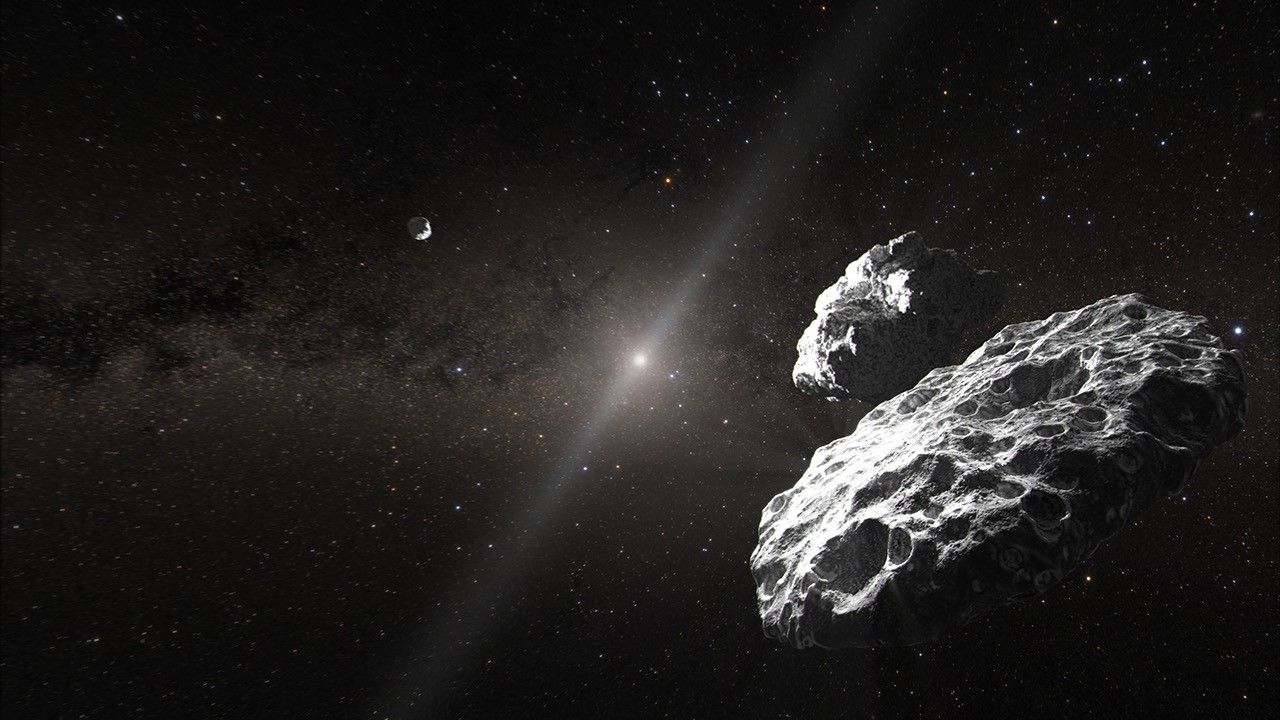Electric Charging on Martian Moon Phobos
| Credit | NASA's Goddard Space Flight Center Conceptual Image Lab |
|---|---|
| Language |
|
The interaction of the solar wind with the Martian moon Phobos creates a complex electrical environment that could impact future exploration.
For more information and download options, visit NASA's Conceptual Image Lab.
Transcript
Mars has two moons, Phobos and Deimos. Both are small, airless bodies with irregular shapes.
To better understand these moons, scientists at NASA's Goddard Space Flight Center simulated the solar wind environment at Phobos.
Phobos orbits incredibly close to Mars, only thirty-seven hundred miles above the surface. In fact, it whips around the planet in less than eight hours!
Because it has no atmosphere or magnetosphere, Phobos plows directly into the solar wind for part of its orbit.
The solar wind consists of negatively charged electrons, which are light, and positively charged ions, which are heavy.
Normally they exist in equal numbers, so the solar wind is electrically neutral.
Phobos, however, absorbs the solar wind on its dayside, leaving a void over its night side.
Because the electrons are lighter than the ions, they rush in to fill the void.
This creates a field of negative electric potential over Phobos and statically charges its night side.
The ions are attracted to the field and pulled in farther downstream, restoring the solar wind's density and neutral charge.
The simulation also looked at a massive crater called Stickney.
It showed that when Stickney falls into shadow, electrons initially move into the crater, and the associated electric potential forces the ions to keep up.
On the smaller scale, this electrically charges the crater interior through the same process that charges the larger night side.
Phobos is often cited as a target for future exploration. But roving around on the night side, or within shadowed craters, could build up static electric charge, possibly affecting sensitive equipment.
Mission planners will have to face this challenge as they set their sights on the moons of Mars.






















